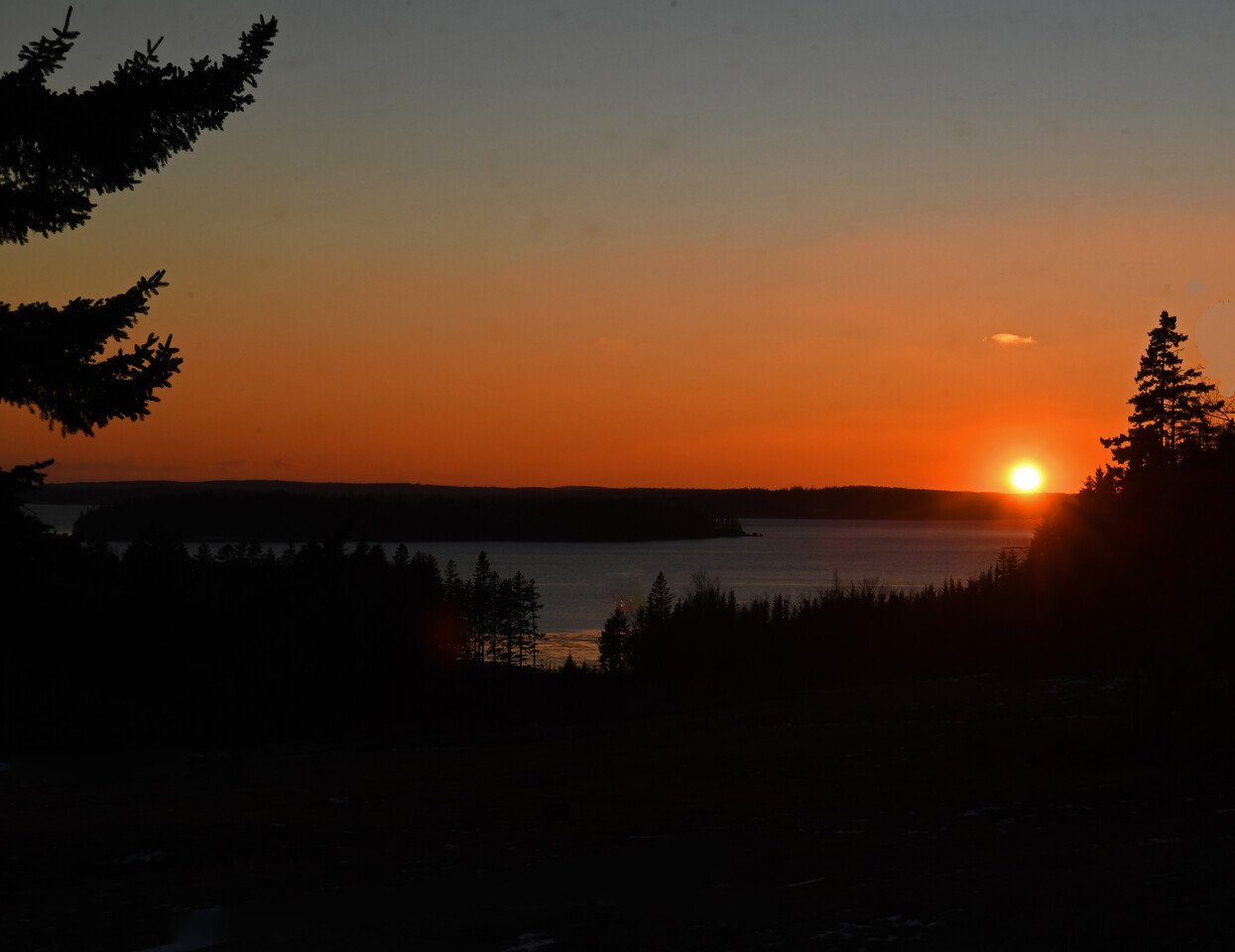Our first significant sea ice of the winter started to form in the nooks and crannies of Great Cove during last week’s freezing spell, as you can see in the images here from yesterday. Today’s above-freezing temperatures and driving rain here probably will prove fatal to this starter ice.
The salt in sea water prevents its freezing at temperatures higher than 28.4 degrees (F). However, extended periods of temperatures at or below that sea-freezing temperature can start slower moving coastal waters to coagulate. At first, as you see in the images, the sea ice usually forms a cloth-like covering on the surface that settles over the rocky sea bottom at low tide like a thin blanket.
The rising tide will float the new ice and break it up a bit. But, once floating, it often will start to thicken as almost circular servings of interconnected “pancake” ice, which can turn into larger, overlapping second courses resembling huge, scalloped potatoes Then, if bitter cold continues, it can solidify into an almost uniform thick mass that can bear weight.
In the colder days of yore, the Cove and Eggemoggin Reach that you see in the image could become entirely covered with sea ice thick enough to support wagon and automobile traffic to the islands from the mainland. (Images taken in Brooklin, Maine, on January 16, 2022.)







































































